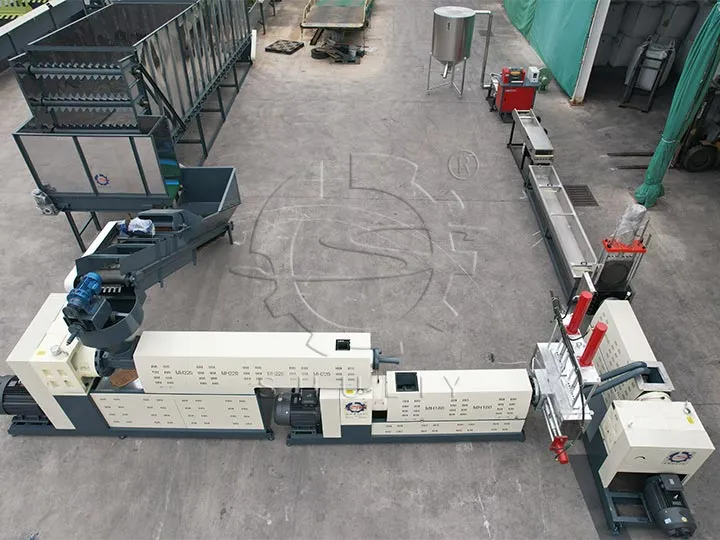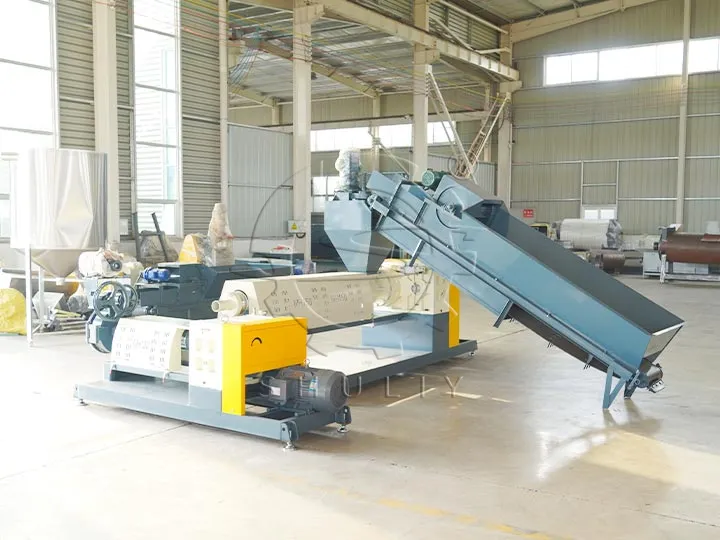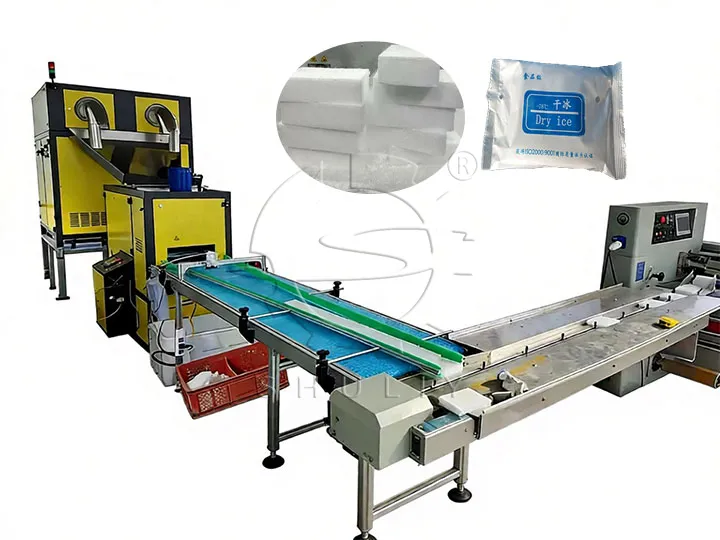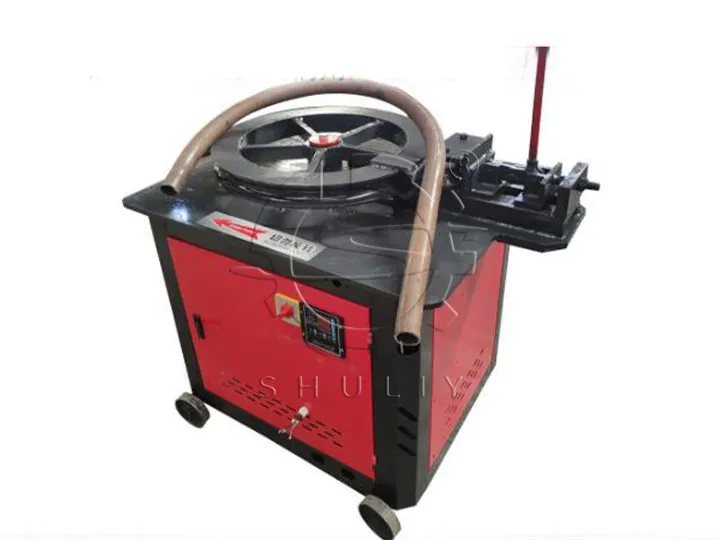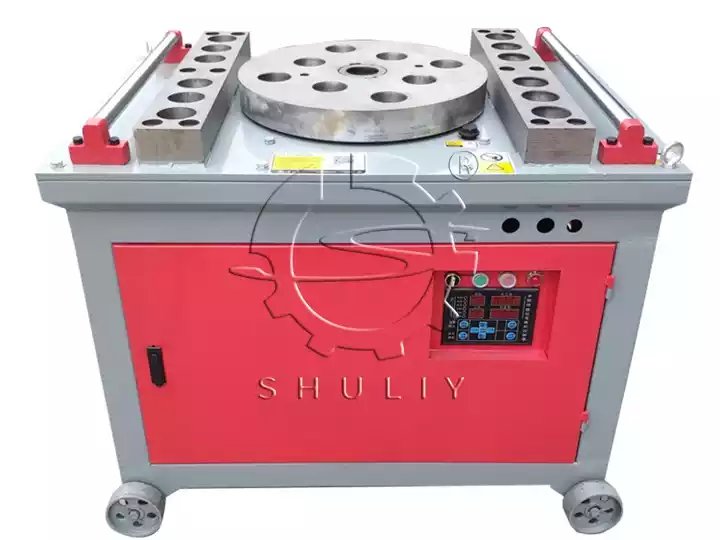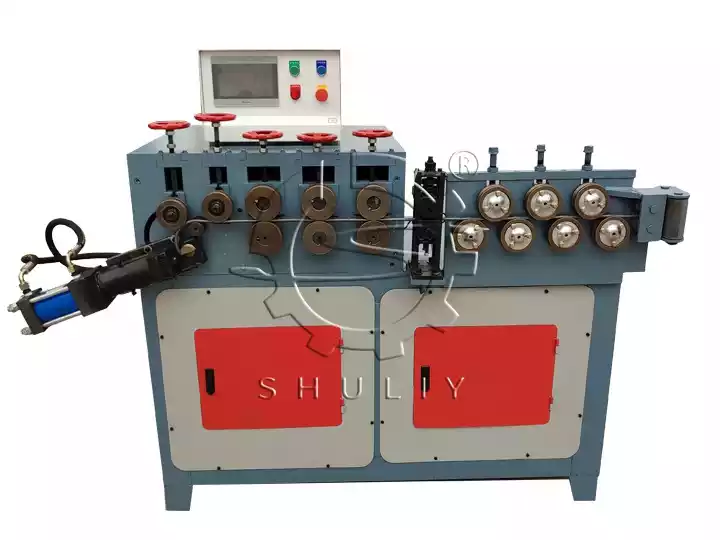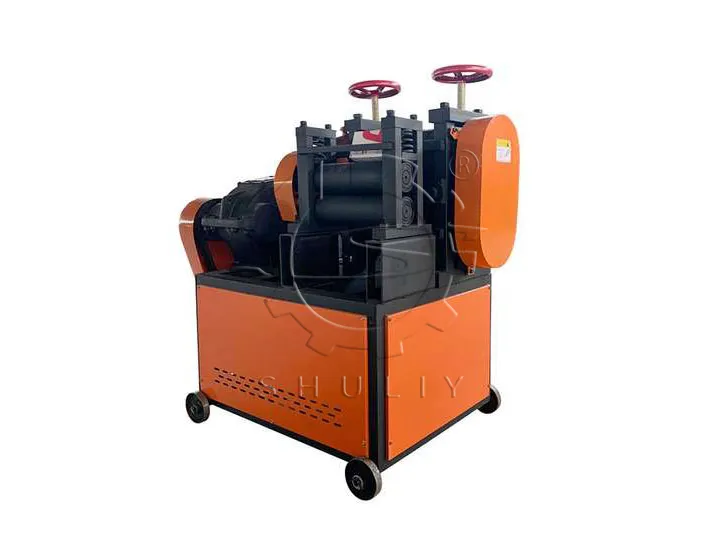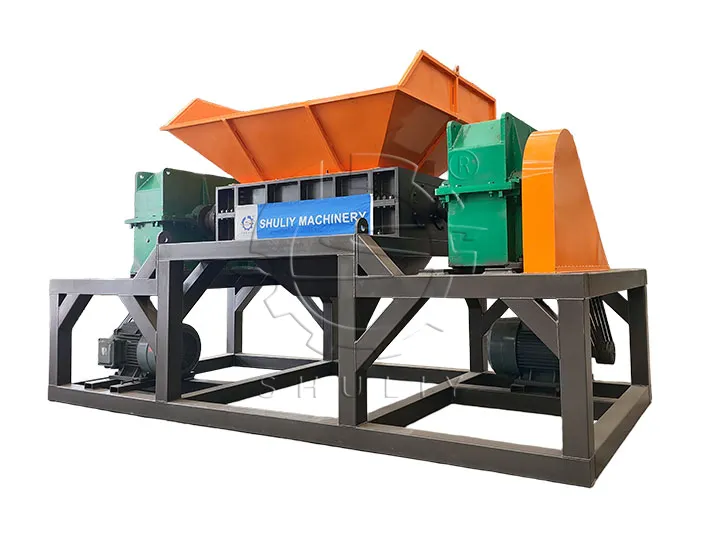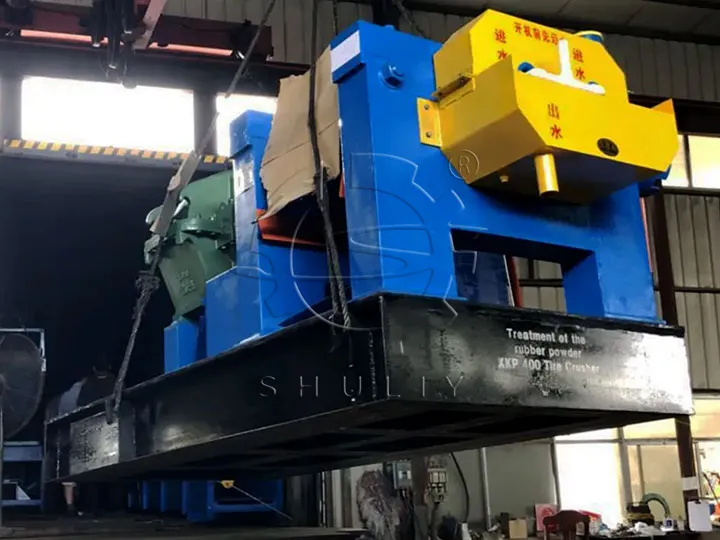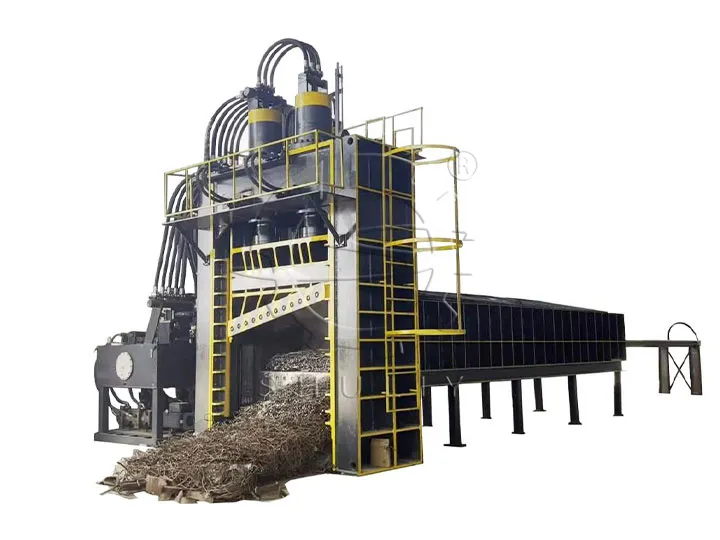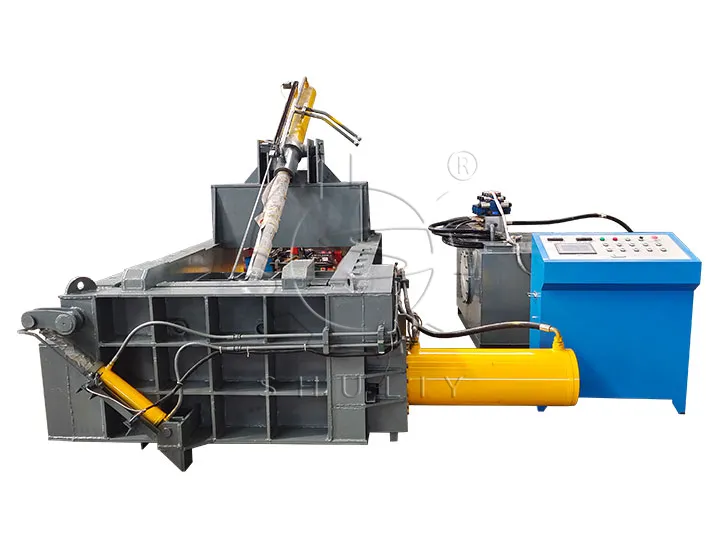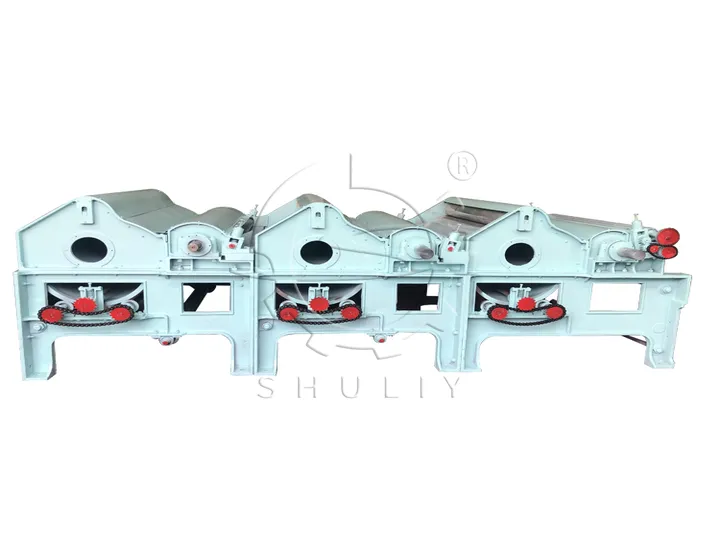When using a plastic recycling granulator, following operating specifications is key to ensuring safe, efficient production and improved plastic pellet quality. Here are some suggestions and specifications on how to properly operate a plastic recycling pellet machine.
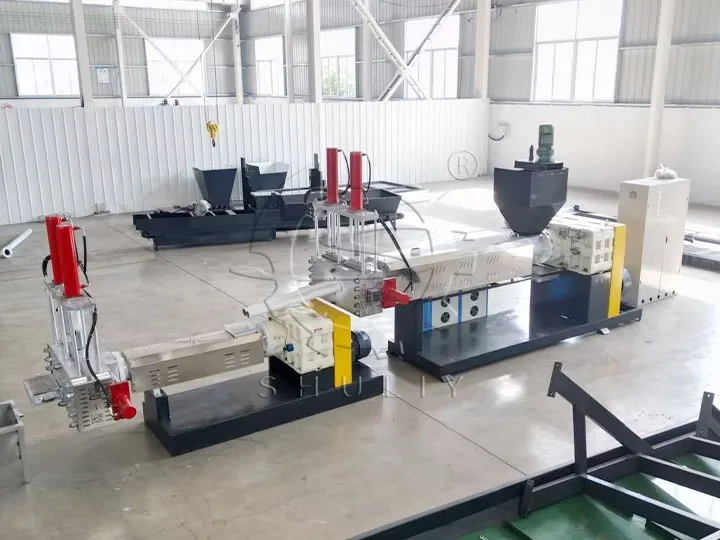
Plastic Recycling Granulator Inspection And Maintenance
- Regular inspection of equipment: Before each use, the condition of the equipment should be checked to ensure that everything is in order, including electrical connections, heating devices, screws, molds, etc.
- Regular maintenance: Perform regular equipment maintenance, such as cleaning, lubricating, and replacing worn parts, in accordance with the maintenance schedule provided by the granulator manufacturer.
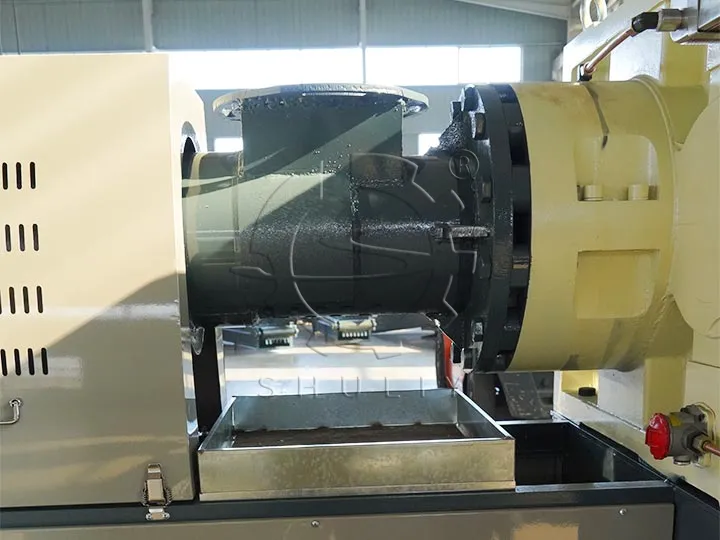
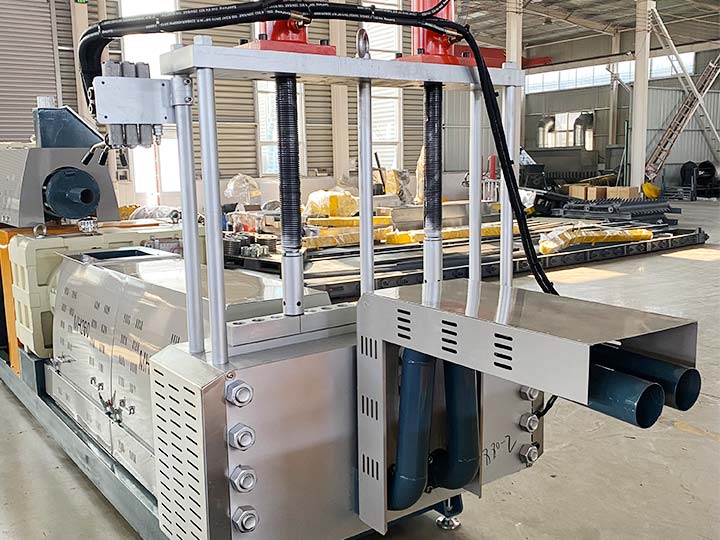
Raw Material Preparation
- Proper storage of raw materials: Raw materials should be stored in a dry, ventilated place to avoid moisture and contamination by impurities.
- Uniform feed: When adding raw materials, make sure the feed is uniform and prevent clogging to ensure the quality and consistency of the pellets.
Plastic Recycling Pellet Machine Operation Steps
- Start-up preparation: Before starting the plastic recycling granulator, make sure that all equipment has been checked and is ready for use, including cleaning the die and screw.
- Temperature adjustment: Depending on the raw material used, the temperature of the heating element is adjusted to ensure that the plastic is processed at the appropriate temperature.
- Start-up operation: Start the machine and gradually increase the working speed of the plastic recycling pellet machine to ensure uniform extrusion of the plastic melt.
- Monitoring operation: During operation, constantly monitor the operating status of the equipment to ensure that everything is in order, paying particular attention to temperature and pressure fluctuations.
- Stopping procedure: Before stopping the plastic recycling granulator, reduce the speed of the extruder, then switch off the machine and wait until it has cooled down completely before cleaning it.
Cleaning And Maintenance
- Regular Cleaning: After use, clean the equipment in a timely manner, including molds, screws, barrels, etc., in order to avoid residues affecting the next production.
- Timely maintenance: Regular equipment maintenance and replacement of worn parts ensures equipment performance.
